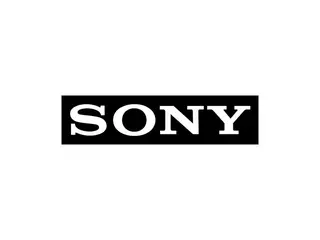We create Technical, Target-Group Adapted Manuals
Technical translation, along with medical translation, represents one of the most intricate facets of a translator's profession. Manual translation serves as a quintessential example of such technical material, demanding meticulous attention to detail, precision, and an in-depth grasp of industry-specific knowledge. In this article, we delve into the world of manual translation, exploring what you should understand about this challenging task. We'll also explore the tools that aid in this endeavor and unravel why translating manuals remains demanding, even in the age of machine translation apps and algorithms.
Translating Manuals - Industries: Technical translation spans a broad spectrum of industries, including but not limited to:
- Automotive
- Manufacturing and EMS (electronic manufacturing services)
- Chemical and agricultural
- Construction
- Household appliances and electronic devices
- Computers and mobile devices
- Medical devices and equipment
And many more.
Every appliance, device, or machine necessitates a manual to ensure that owners comprehend how to operate, maintain, and repair it. In our interconnected global society, production occurs worldwide, requiring product-related content to be accessible in numerous languages, regardless of the manufacturing company.
Why Translating Manuals is a Challenge: Translating manuals is a formidable task for several reasons. Primarily, manuals are critical for both proper device utilization and the safety of those operating them. Often, workers' health and even lives are on the line, leaving no room for errors or ambiguity. Consequently, manual translation demands 100% accuracy and a deep understanding of the relevant industry. Translators working on specific documents must grasp how the machine functions and the roles of its components, making technical knowledge highly advantageous, if not indispensable.
Translators must maintain consistency with the original document while also adhering to industry-specific terminology. Here, terminology glossaries play a vital role. As discussed in our previous article on technical translation, glossaries guide translators in choosing the correct translation for specific words or technical terms.
The Role of Glossaries in Translating Manuals: Imagine you're translating a technical document from German to English. You encounter the term "Doppelkupplungsgetriebe" which in the automotive industry context translates to "Doppelkupplungsgetriebe" in English. However, note that there are alternative names for this system, such as "twin-clutch transmission" and "dual-clutch gearbox" . Which one is correct? The answer: all of them. The choice ultimately lies with the client. Nevertheless, two critical considerations arise:
- The translator must identify the requested translation.
- The translator must maintain translation consistency throughout the entire manual.
This is where glossaries come into play, ensuring translation accuracy and consistency with the document and other company materials.
The Skills and Tools Needed to Translate Manuals: Translators dealing with technical documents, including manuals, must possess impeccable proficiency in both the source and target languages. However, linguistic prowess is just the beginning. A profound understanding of the industry and its products is equally crucial. Translators must elucidate how a given machine or device operates, how it should be used, and the potential hazards it poses. Therefore, familiarity with the client's industry and products is invaluable and should complement language skills and terminology mastery.
Moreover, translated content must be lucid and transparent. In the realm of manuals, ambiguity is unacceptable. Readers should have no doubts regarding the text's meaning.
CAT Tools: In addition to glossaries, Computer-Assisted Translation (CAT) tools significantly enhance the translation process. CAT tools, short for computer-assisted translation, don't perform translations autonomously but expedite the translator's work. They automate portions of the manual translation process, leveraging terminology databases and previous translation memory to increase efficiency and maintain consistency. CAT tools prove immensely beneficial when translating manuals.
Work with an ISO Certified Translation Agency: Technical translation constitutes a complex domain requiring experience and profound industry knowledge. This article has shed light on the intricacies of this profession. Collaborating with a reputable and ISO-certified translation agency is the optimal way to ensure the accurate translation of your technical texts.
Partner with us today and experience translation excellence that aligns seamlessly with your business strategy. Trust The Native Translator to deliver accurate, reliable, and timely translations. Contact us today to discuss your translation needs.
The Native Translator is an ISO 17100 certified technical translation agency specialising in the translation of technical texts and documents.





















